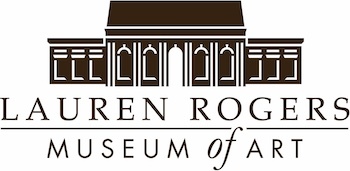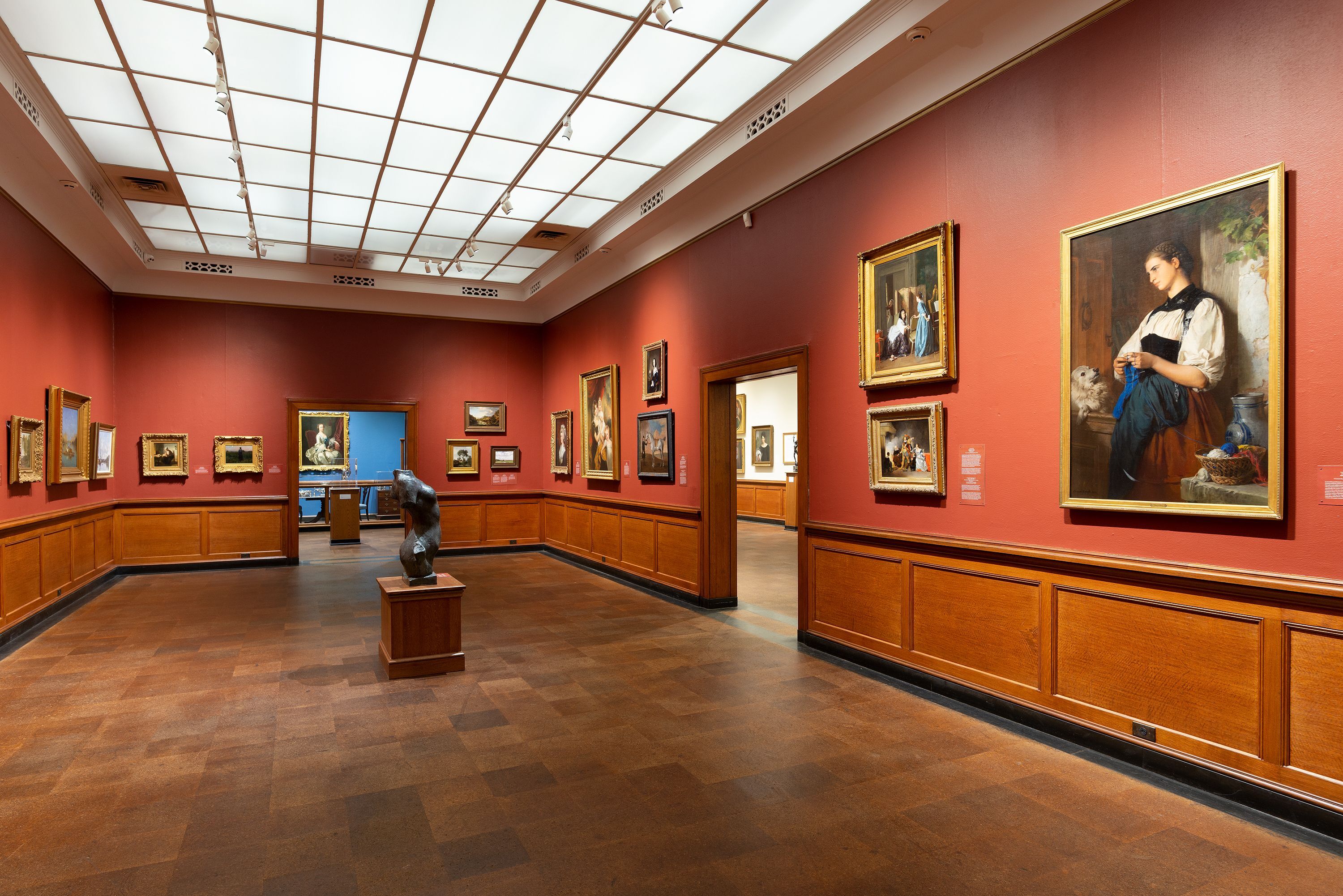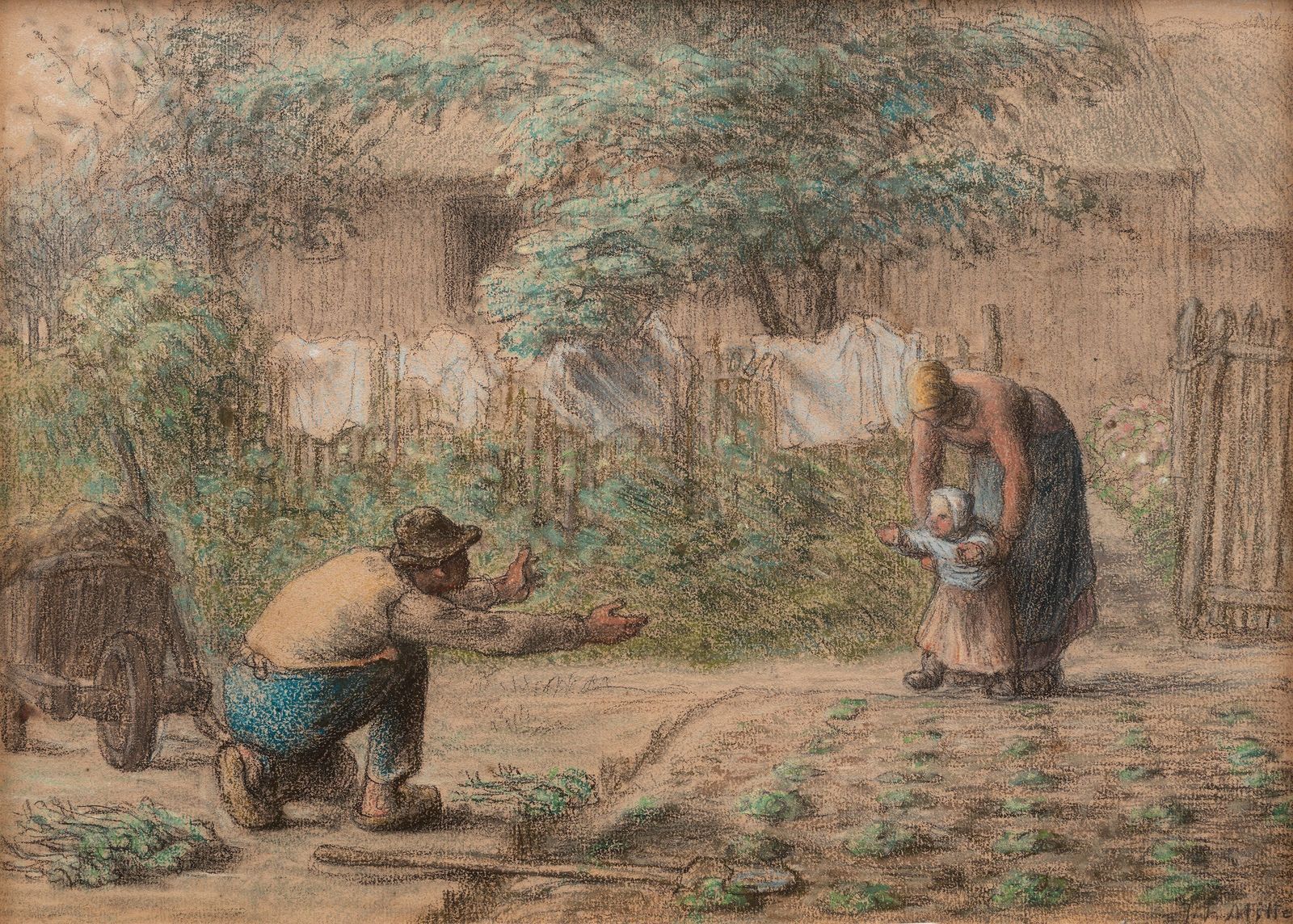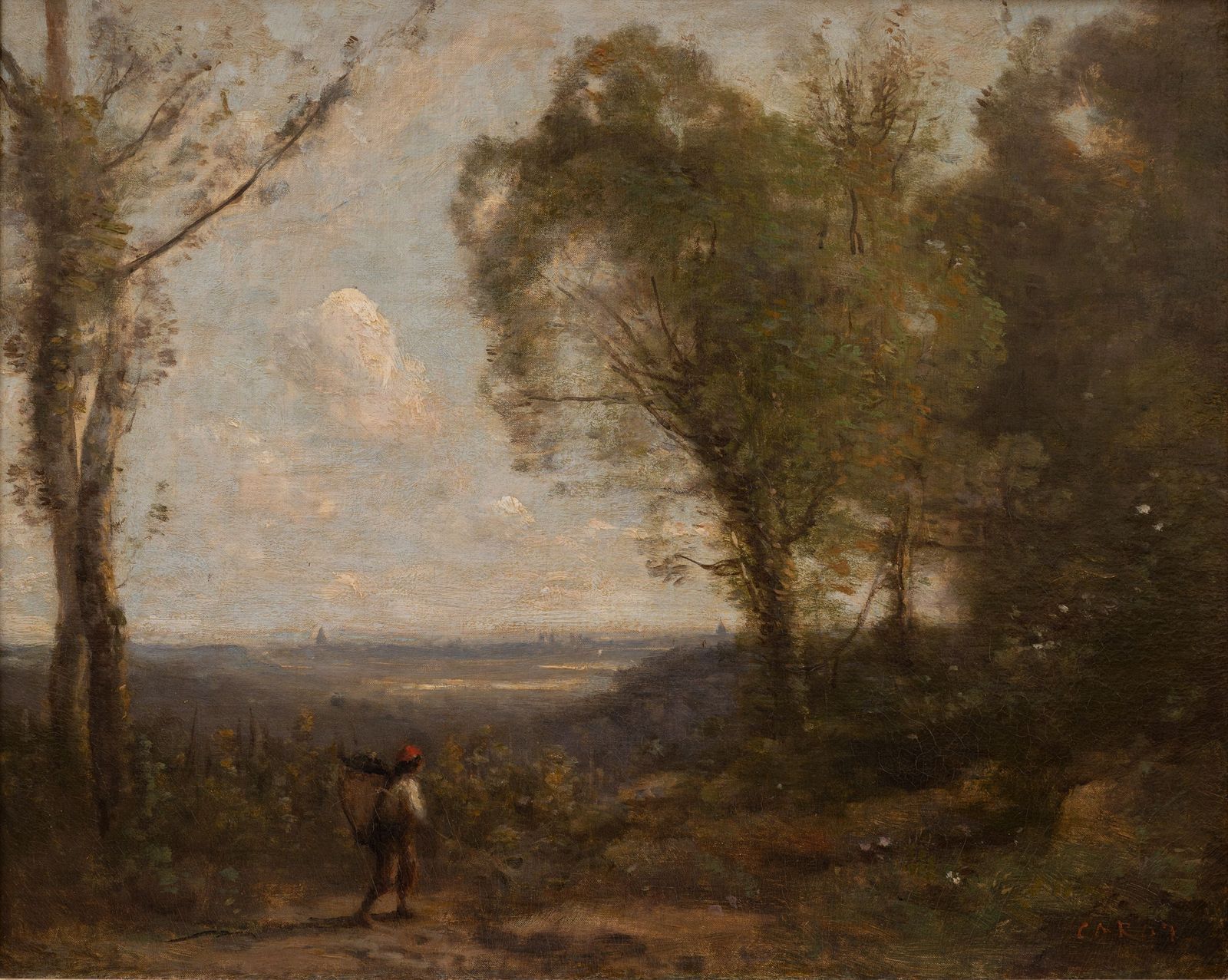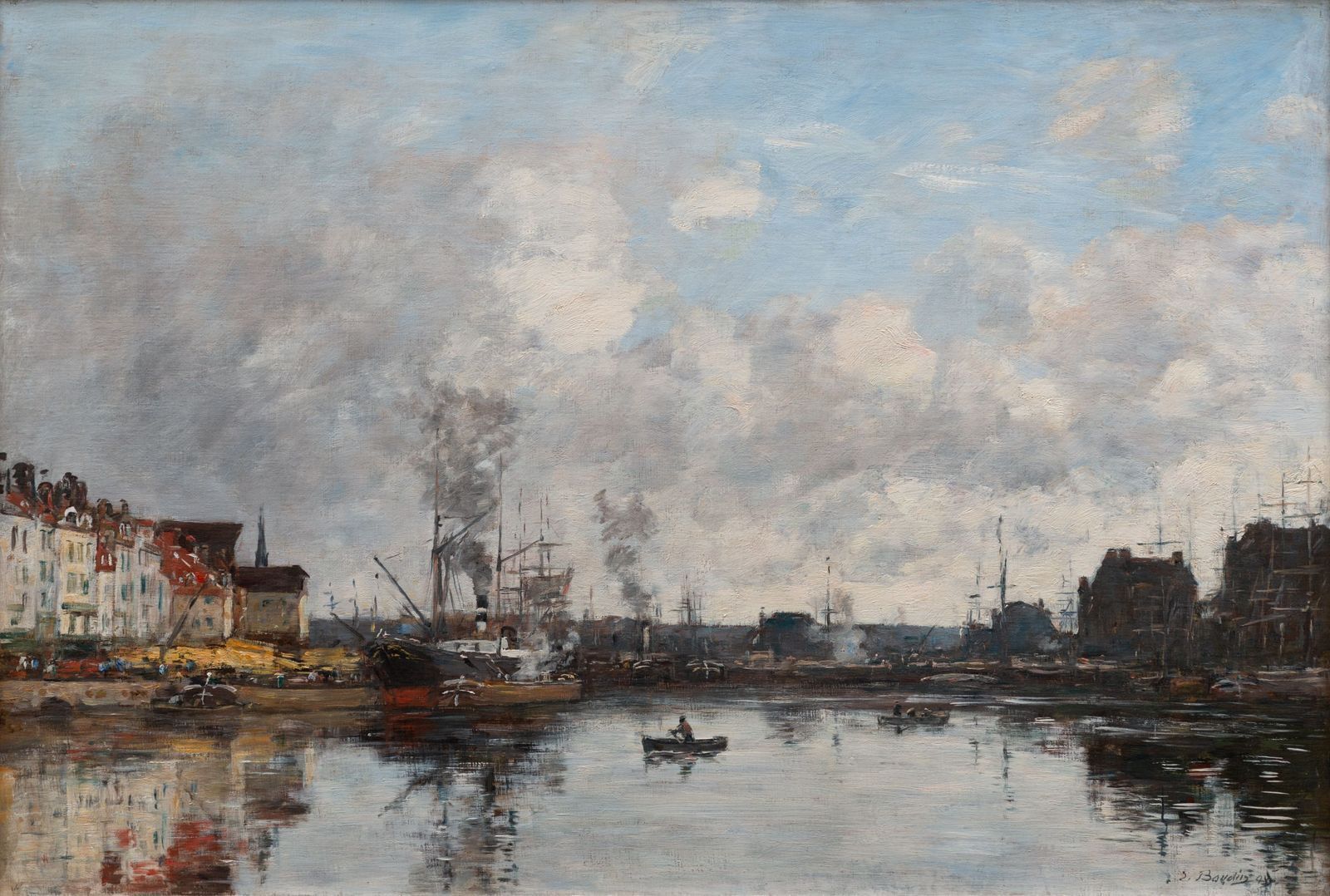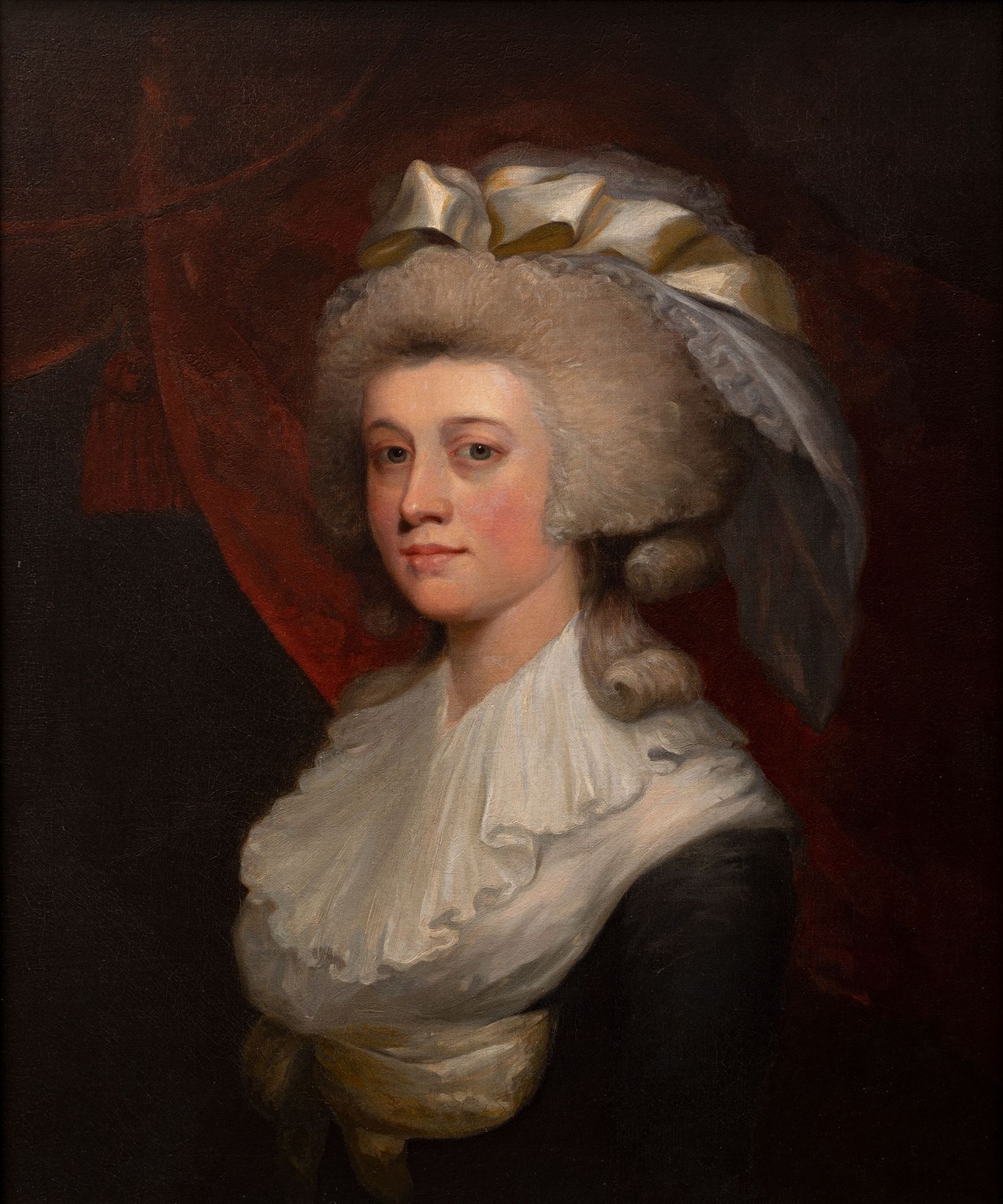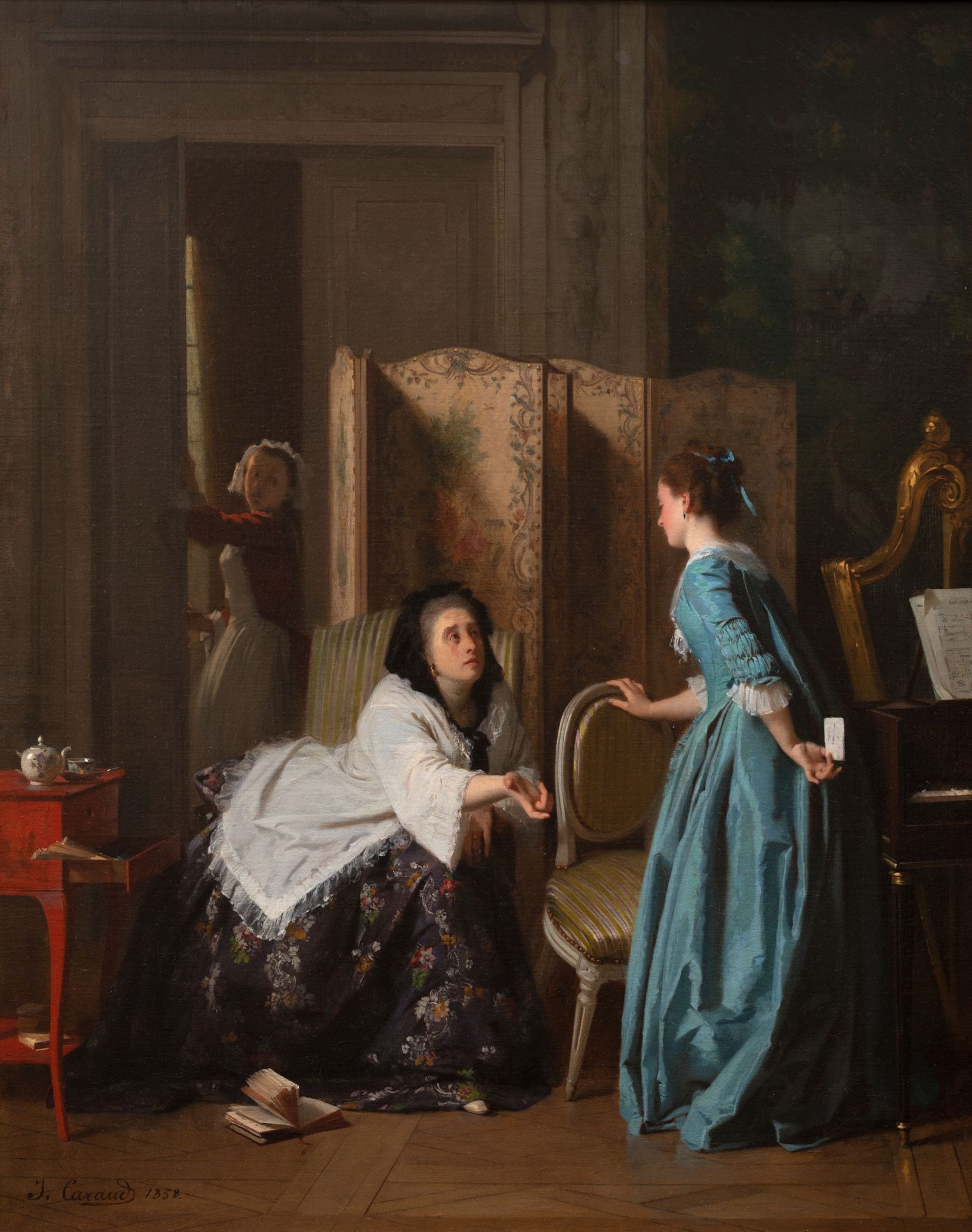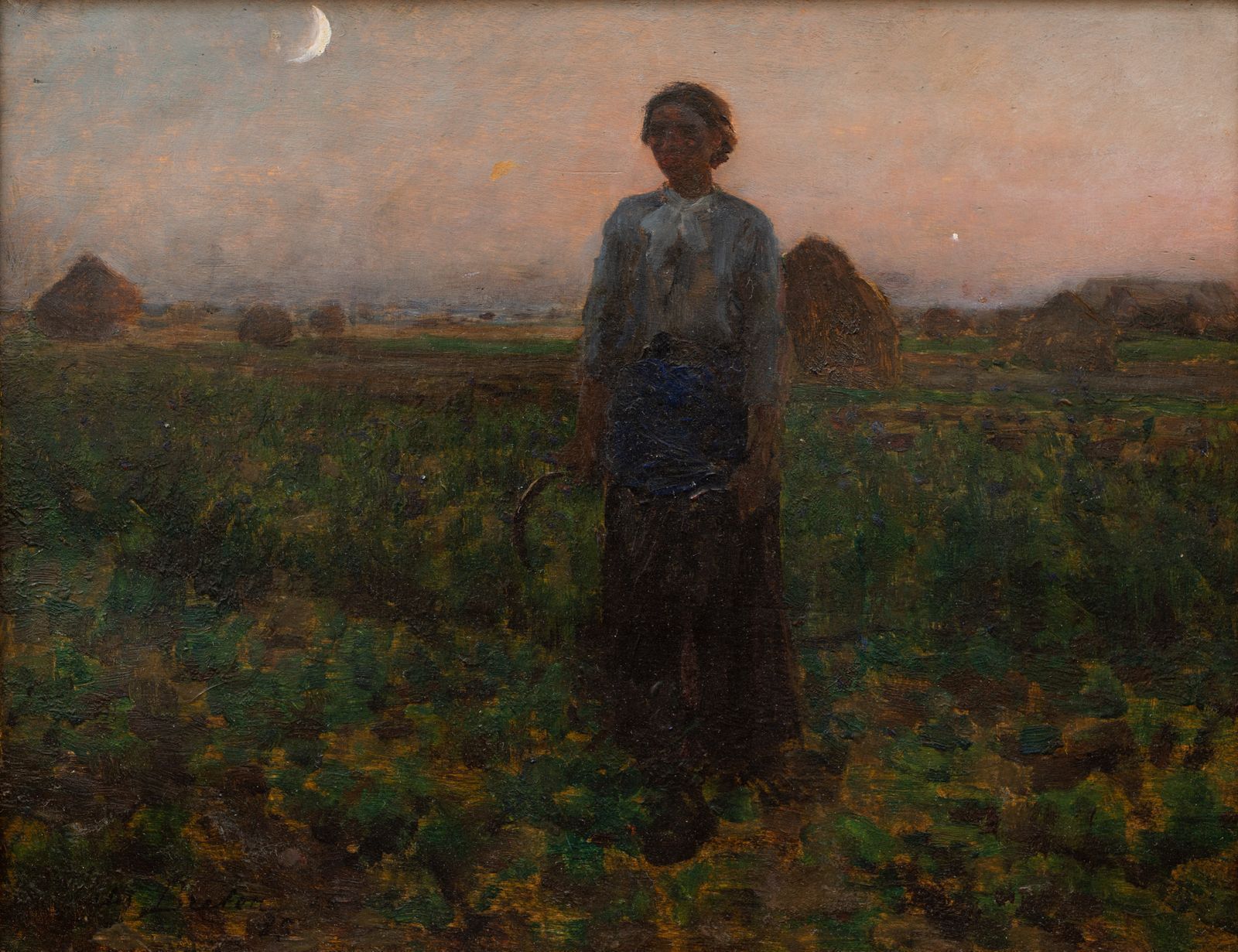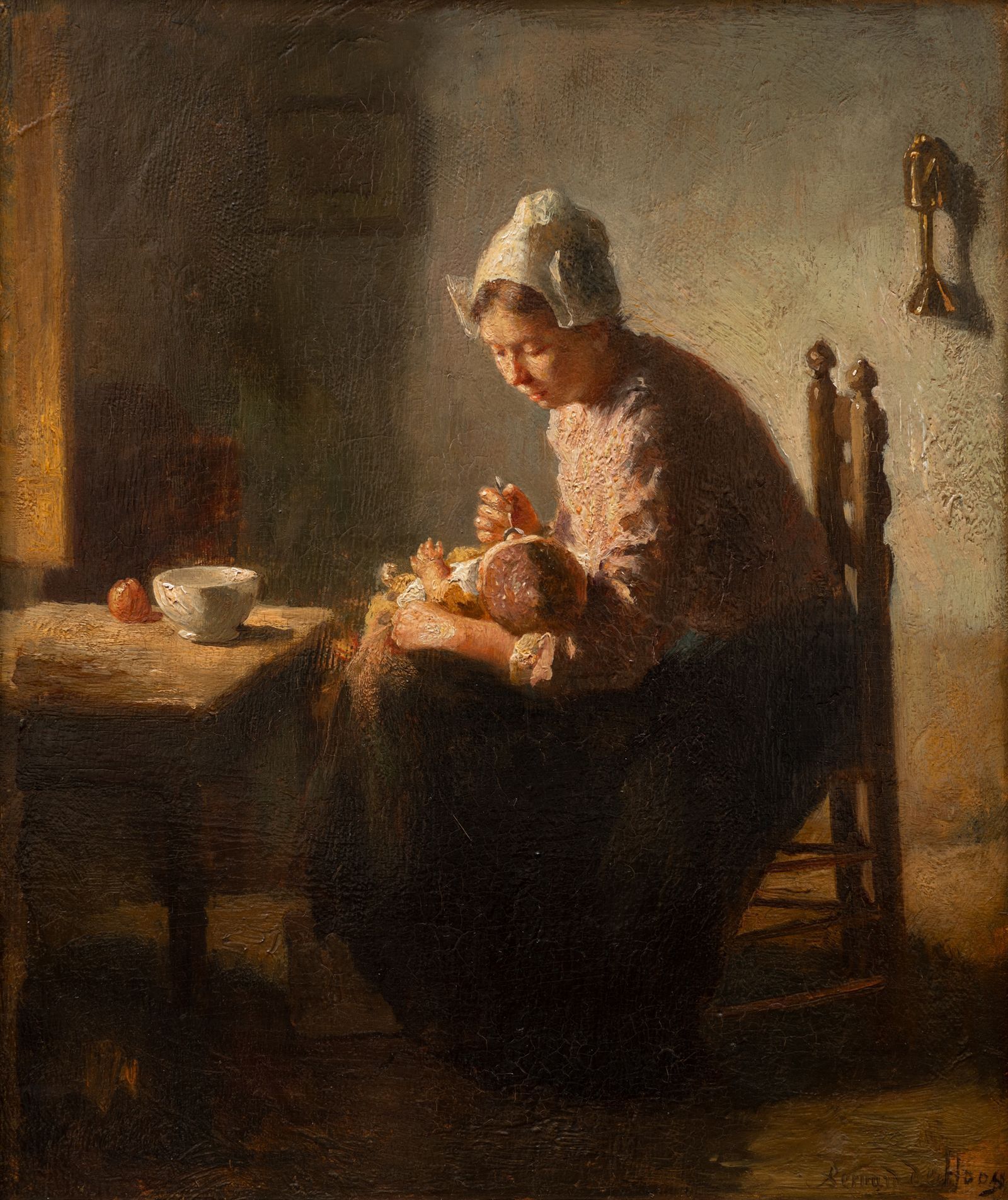The Lauren Rogers Museum of Art collection consists of five distinct collections, the smallest of which is the collection of European paintings and works on paper.
The Lauren Rogers Museum owns approximately 65 European works of art, dating from the 17th to the 20th centuries. The core of the collection are 24 works donated by the Eastman and Rogers families during the early years of the Museum’s existence. These include important, internationally known works like Jean-François Millet’s First Steps, an 1856 pastel which later inspired Vincent Van Gogh; Landscape Near Paris (c.1885) by Jean-Baptiste Camille Corot, considered one of the first modernist painters.
Many of the works in the collection are landscapes produced by artists who worked en plein air, or painting in the outdoors as opposed to inside a studio: the Barbizon painters in France, the Norwich school of England, the Hague school in the Netherlands, and Impressionists throughout Europe. One of our most important recent acquisitions is Entrance to the Port at Dunkirk, an 1889 painting by Eugène Boudin. Although Boudin received no formal artistic training in his youth, he was encouraged by his slightly older countrymen, the painters Constant Tryon and Jean François Millet, whose work is also in the Museum’s collection.
The European Collection includes figurative works, including portraits of the wealthy and historical genre scenes. The English artist James Northcote’s Miss Grace Hundley of the late 18th century depicts a typical society lady dressed in her finest muslin gown and beribboned cap, sitting serenely in front of red velvet drapery. In The Message (1858), the French artist Joseph Caraud places his subjects in a 17th-century scene of family drama in order to give the viewer a sense of nostalgia, as well as amusement. Other artists specialized in depictions of peasants. Jules Breton’s The Reaper of 1885 combines a realistic depiction of the harsh reality of rural peasant life with an idealization of the human figure. Bernard de Hoog specialized in small paintings such as Dutch Woman and Baby (1907) that showed the life of the country people among whom he lived in villages around the Netherlands.
A new installation of the collection in our European Gallery displays thematic groupings of paintings that hang on vivid red walls. Works on paper, such as prints, drawings, and watercolors, are periodically rotated through our galleries because they are light-sensitive and cannot be exhibited year-round. An etching by Rembrandt van Rijn entitled Virgin and Child with Cat and St. Joseph at the Window (1654) is one of many Biblical illustrations produced by the artist. Though the majority of our European works date from the late 18th through the 19th centuries, we have acquired a few works by more modern artists. These have come to us primarily in the form of gifts, and include works such as Henry Moore’s Ideas for Sculpture, a lithograph by the great English modernist sculptor.
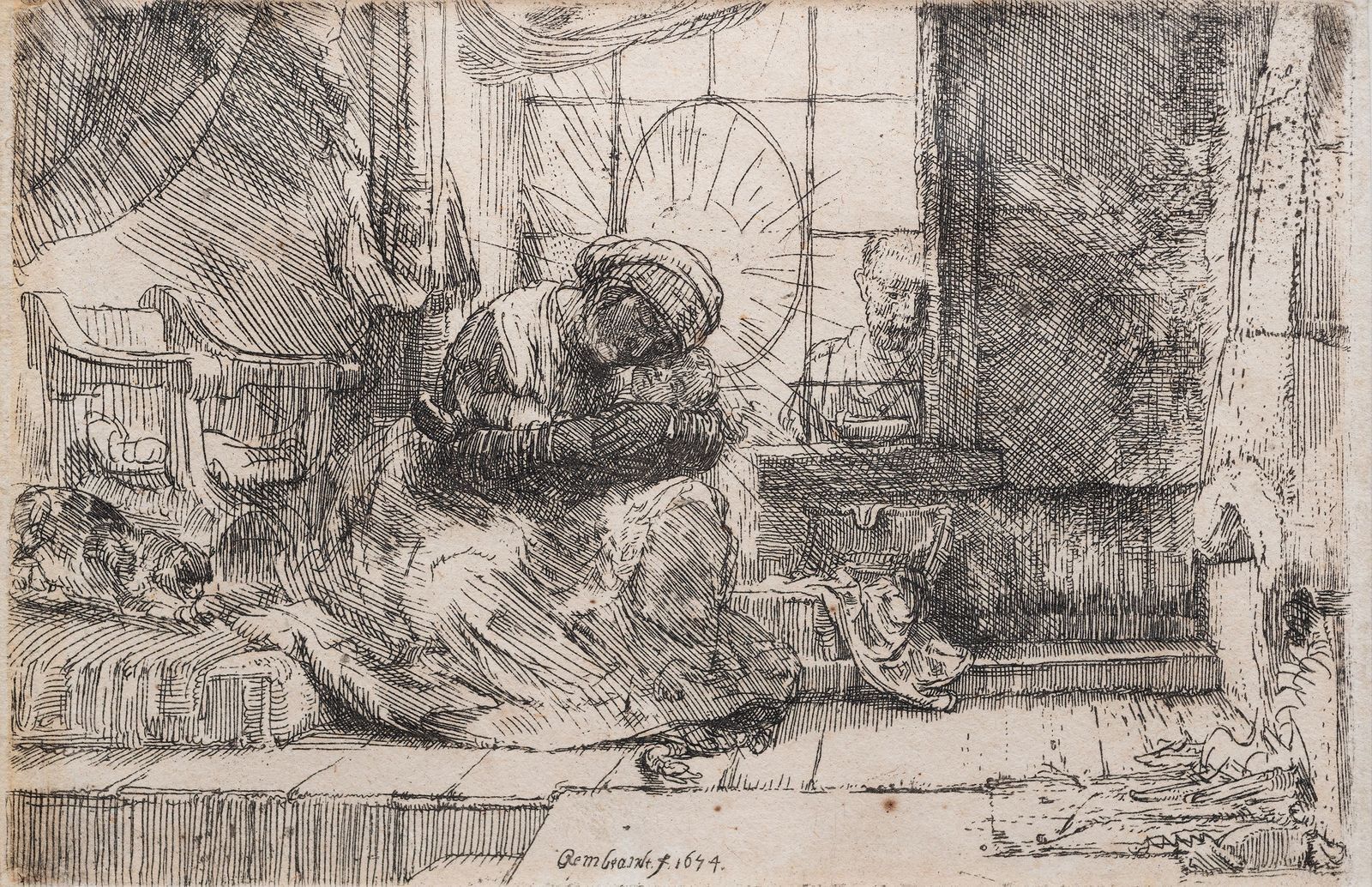
Virgin and Child with Cat and St. Joseph at the Window, 1654
